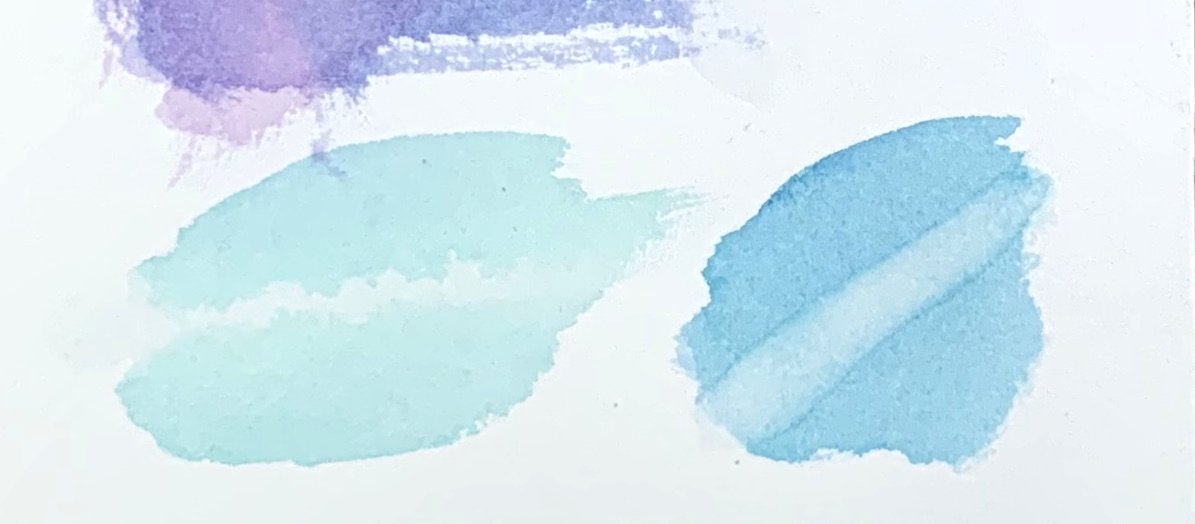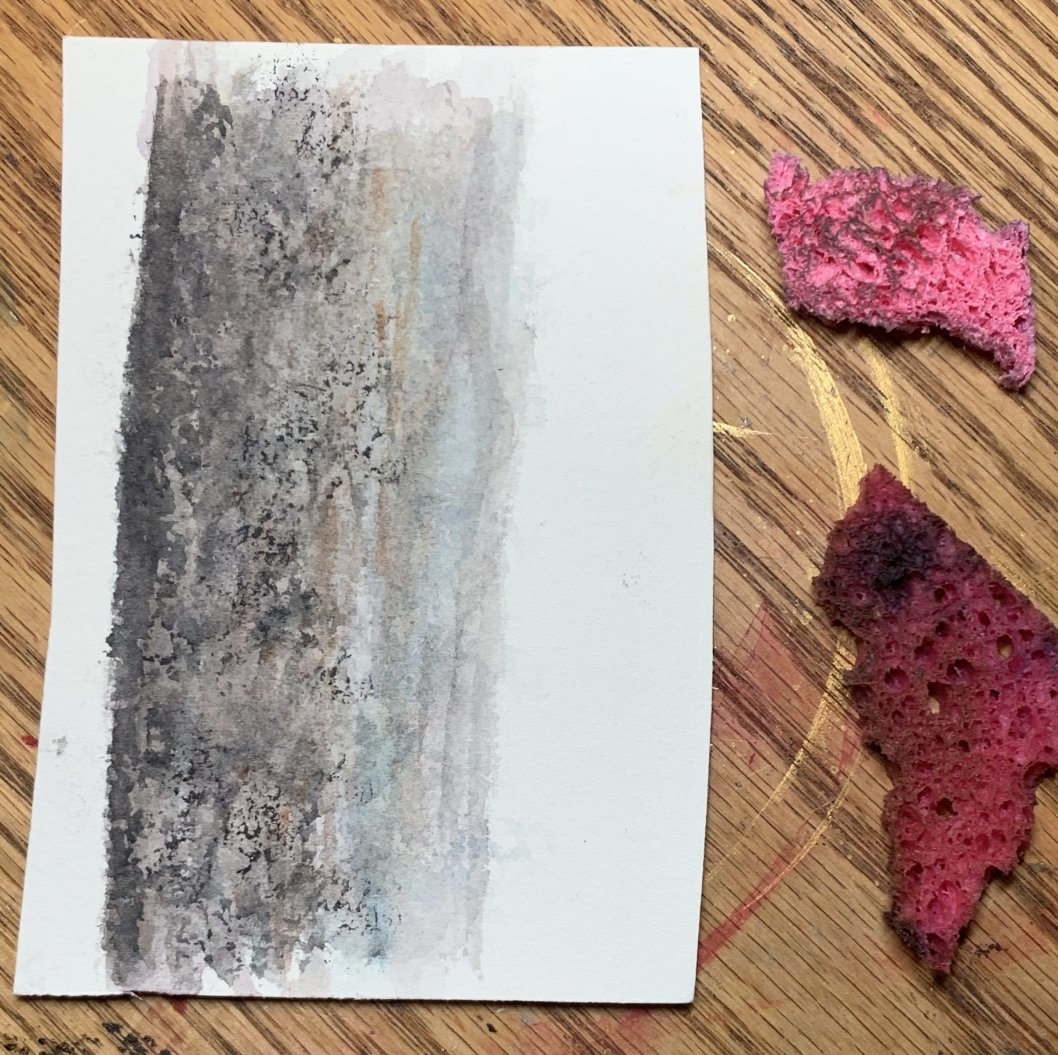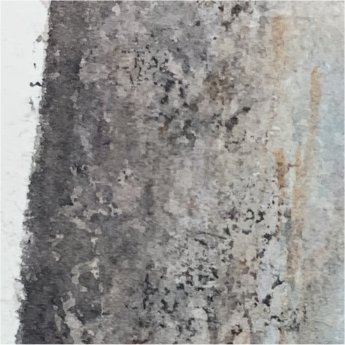Watercolor Tutorial for Lifting Paint
Here's a watercolor tutorial for lifting paint out of your paintings. Why? Well, removing color from a painting can be used to correct mistakes or to introduce some neat painting effects. Below, I tell you how to remove paint color from a painting while that paint layer is still wet or after it has dried.
One thing I want to note is that your success with this watercolor tutorial can depend on the "staining" power of the original paint layer you want to lift. I mentioned on my watercolor paint and on my staining page that some paint colors will stain paper and be impossible to remove without damaging the paper. Most paint manufacturers have charts which will tell you the staining power of a color.
Experience will tell you too. For instance, I learned the hard way that it is impossible to remove colors such as phthalo blue from watercolor paper after they are applied and allowed to dry. Worse, painting over them with different colors of paint does not dim them. Staining paints still shine through any new color layers that you apply, unless you use a really opaque paint, and by then, why bother? Watercolor paintings are not meant to be opaque. So if you plan to lift out color as a design goal for your painting, pay attention to the staining power of your paint choices.
Watercolor Tutorial for Lifting wet Paint
To lift paint while it is still wet, have a container of clean water, a watercolor brush and a towel or paper towel ready and follow these steps:
- Clean an appropriate sized brush by dipping it in clean water. (By appropriate, I mean close to the size of the area on the painting in which you want to work the paint.)
- Wipe the brush on your towel to remove most of the water. It should be damp, not soaked.
- Brush over the area of paint that you want to lift. Repeat this, wiping the brush on the towel to remove the lifted paint every time you touch the paper.
- Repeat these steps until it looks the way you want it to look
- As a final pass, you can use a paper towel to blot wet paint out of the area.
Important Note: Be aware that because the surrounding paint is still wet, it will flow into the cleared, but damp area on the paper, especially if you don’t blot the water you’ve introduced.
Look at the green paint splotch on the left. It was wet when I brushed through it. I didn't blot it and the remaining wet paint flowed back into that cleared area. It's kind of a neat effect but if you mean to lift out a straight line in a wet painting, be aware.
 Lifted paint: wet vs dry
Lifted paint: wet vs dryWatercolor Tutorial for Lifting Dry Paint
The paint splotch on the right in the picture above was dry. You can the straight line of where I brush through with a wet paintbrush. Here are the steps to lift paint if it is already dry:
- Clean an appropriate sized brush by dipping it in clean water. Touch it to a towel to remove excess water. It should be wet but not dripping.
- Stroke the wet brush over the area of paint that you want to lift until it wet enough to dislodge the paint from the paper. Don’t dump on a lot of water, just patiently dip and brush until the paint is wet enough to lift.
- Once the paint you want to remove is wet, wipe the brush on your towel to remove the lifted paint, then brush over the area again. Repeat this, wiping the brush after each time you touch the paper.
- As a final pass, use a paper
towel to blot any excess water off the paper.
Using Sponges to Lift and Apply Paint
You can also use small sponge pieces to remove paint from a watercolor painting. Many artists use bits of sponge to get various affects for landscape paintings.
Here’s a tree trunk done with brush and sponges.
- I used a dry sponge to remove brushed-on paint in the first layer, and I let that dry.
- Once it was dry, I brushed on some darker color, and used a dry sponge to give it a mottled effect.
- As the final paint layer, I wet one of the sponge wedges, and used it to apply straight, undiluted paint onto the brushed area.
It’s a neat way to paint a rough natural surface such as a tree trunck, and it works great for stone and rock too.
 Using sponges to create rough surfaces
Using sponges to create rough surfaces Sponge effect closeup
Sponge effect closeupHope this watercolor tutorial on lifting paint has been helpful. If you have any questions, send me a message from my contact page. I'll do my best to answer them, and I hope to upload more tutorials for you as time goes on.